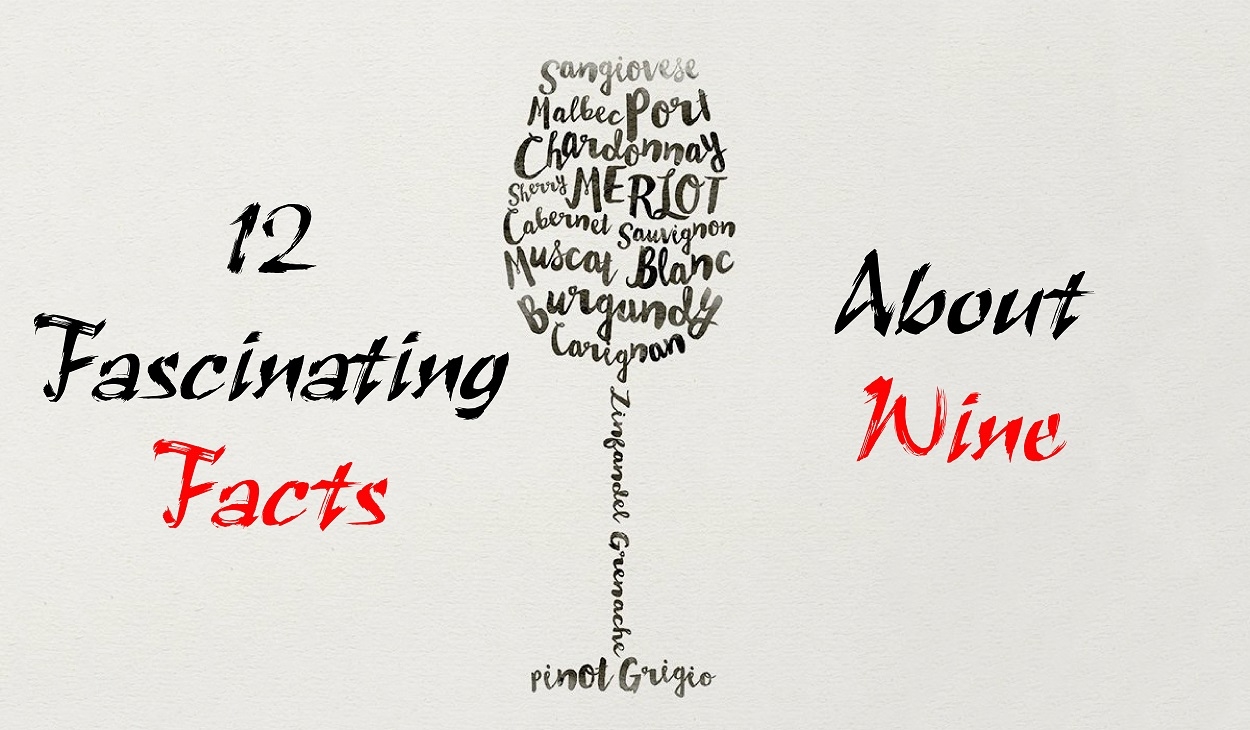
12 Fascinating Facts About Red Wine

It might come as a surprise, but several human trial studies have shown moderate red wine consumption to be better for you than not drinking at all. Why? The antioxidants found in red wine lower incidences of cardiovascular disease, mortality, and type-2 diabetes. Of course, if you drink more than you’re supposed to, the benefits are replaced by increased health risks. So, do yourself a favor, drink red wine in moderation.

Pretty much everything in wine that’s not alcohol or water is a type of polyphenol. Polyphenols include tannin, color pigment, wine aromas, resveratrol, and about 5,000 other plant compounds. Of these polyphenols, the most abundant in wine for health reasons are Procyanidins, which are a type of condensed tannin also found in green tea and dark chocolate. This compound is specifically associated with inhibiting cholesterol plaque in blood vessels, which is highly beneficial to heart health and longevity.

Not all red wines are made the same. Some wines have significantly higher levels of “good for you stuff” than others (condensed tannins–see above). For example, Cabernet Sauvignon has more condensed tannins than Pinot Noir, but both wines have much less than Tannat, Petite Sirah, or Sagrantino. While it’s rather difficult to determine which wines are best (exactly), here are some clues:
- Dry red wines are better than sweet wines.
- Red wines with lower alcohol (preferably below 13% ABV) are better than high alcohol wines
- Red wines with higher tannin (those that are more astringent) are better than low tannin wines.

We’ve been told for years that old wines are the best wines. It’s true that some wines taste better when well-aged, but when it comes to the health aspects of wine, old wine isn’t as good! Young red wines contain greater tannin levelsthan any other type of wine.

The color in wine comes from a plant pigment called anthocyanin, which is found in the skins of red grapes.

The color becomes less intense as wine ages. Very old wines are pale and translucent in color.

All of the most common red wines, including Cabernet Sauvignon, Syrah, Merlot, and Pinot Noir are of just one species of grape: Vitis vinifera. There are certainly other species used for wine (there are some 65-70 vitis species), but they are very rarely used for wine. Vitis vinifera is commonly considered thewine grape species. And, get this, Vitis vinifera didn’t originate in France. It came from Eastern Europe!

The yellow and green-colored grapes that produce white wines are thought to have originally come from a DNA mutation of red grapevines. This is a pretty convincing hypothesis, since Pinot Noir and Pinot Blanc share the same DNA.

In general, sulfite levels in red wines are lower than white wines. This is because red wines tend to be more chemically stable than white wines and do not degrade as quickly.

Red wines contain color and tannin, which generally speaking, helps preserve them for greater lengths than white wines. People often call these traits in wine “structure” and use their presence as an indicator of how long a wine will age.

Because the color comes from grape skins (and not the juice), it’s possible to make a white wine out of red grapes. The wine is made like white wine, without contact with the grape skins. This happens more than you might imagine. For example, a Blanc de Noirs Champagne is a white sparkling wine made with Pinot Noir and Pinot Meunier (red) grapes.

All those aromas of cherry, berry, jam, and herbs found in a glass of red wine are derived from nothing more than fermented grapes and the aging wine in oak barrels. There are no flavor additives.




